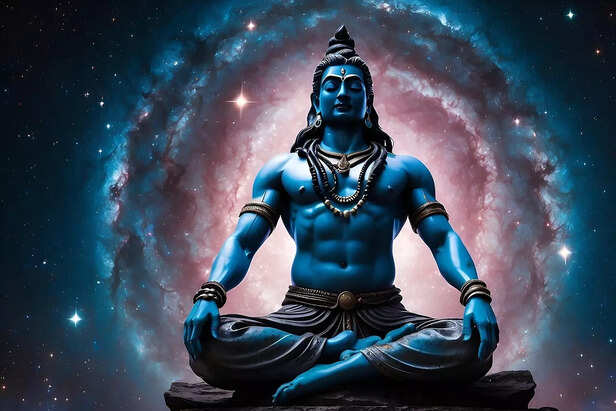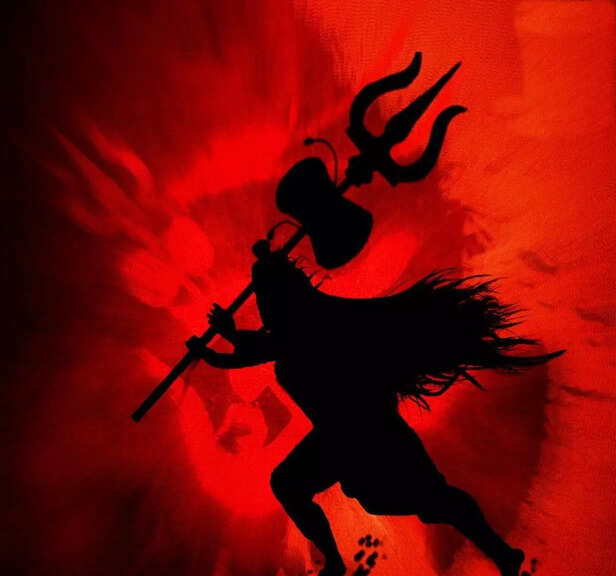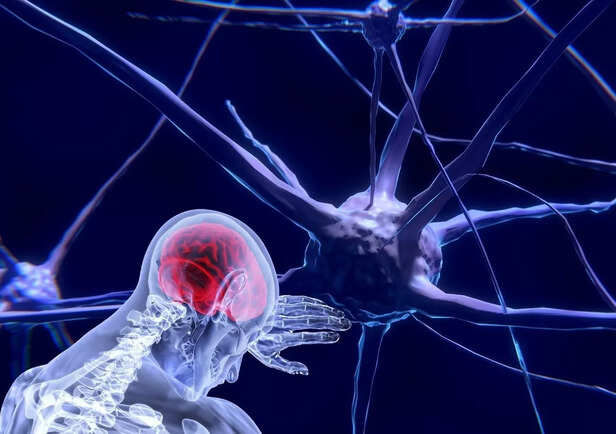Death and Immortality

Shiva: The Cosmic Yogi
( Image credit : Timeslife )
Shiva, the supreme ascetic and cosmic dancer, embodies both destruction and eternal existence. Known as
Mahakaal (the Lord of Time) and
Mrityunjaya (the Conqueror of Death), Shiva’s teachings reveal a profound truth—death is not an end but a transformation. To truly understand immortality, one must learn to die every day, dissolving attachments, false identities, and illusions. This principle is not mere mysticism but a powerful spiritual and philosophical truth rooted in Shaivism, Advaita Vedanta, and psychological insights.
Our fear of death is deeply ingrained in human consciousness. It stems from the ego’s desperate clinging to permanence in a world that is inherently transient. This is where Shiva’s wisdom becomes transformative—he does not teach us to escape death but to embrace it, thereby transcending it. In the everyday world, we seek security through possessions, relationships, and status, but these are all temporary. When we experience loss, whether in the form of a loved one, a job, or a personal failure, we encounter small deaths. Shiva’s philosophy urges us to consciously experience these moments as opportunities to dissolve the false self and awaken to the eternal truth within.
Philosophical and Mythological Perspective

Transcending Time and Death
( Image credit : Timeslife )
The Legend of Neelkanth: Drinking Poison as a Metaphor for Transformation
One of the most well-known legends of Shiva is the churning of the ocean (
Samudra Manthan), where he drinks the deadly
halahala poison to save the cosmos. This act symbolizes the transcendence of suffering and the ability to absorb negativity without being destroyed by it. True immortality comes from internalizing pain and emerging beyond it, not avoiding it. In our personal lives, we too consume metaphorical poison in the form of hardships, betrayals, and disappointments. But like Shiva, we can hold these experiences in our awareness without letting them define us, thus attaining a state of inner resilience.
Shiva in the Cremation Ground: Embracing Death as Liberation
Shiva is often depicted residing in cremation grounds, signifying his absolute detachment from material life. This unsettling imagery teaches a crucial lesson—by confronting death and impermanence, we free ourselves from fear. Those who meditate on their mortality overcome the illusion of self, attaining true liberation (
moksha). In contrast, most people live in denial of death, structuring their lives around the illusion of permanence. However, the reality of death is the ultimate truth that cannot be ignored. By embracing this reality, we live more authentically, appreciating each moment without attachment or regret.
Shava to Shiva: The Death of Ego
In deep Shaivism, the transformation from
shava (lifeless body) to
Shiva (pure consciousness) represents the dissolution of ego. The material self is perishable, but the eternal awareness within us is untouched by death. To die every day means to shed the false sense of self and rediscover the boundless reality of consciousness. This process is not easy because the ego constantly resists dissolution. It clings to past traumas, future anxieties, and present desires. However, by engaging in self-inquiry and meditation, we can break free from this bondage and experience the formless essence of Shiva within.
The Concept of Ego-Death in Shaivism and Vedanta

The Roaring Flame of Destruction and Rebirth
( Image credit : Timeslife )
Ahamkara (Ego) as the Real Death
Ego (
ahamkara) is what binds us to suffering. It clings to identities, possessions, and fears. In Shaivism, dissolving the ego is the only way to realize the eternal
Atman (self). Death is not the loss of the body but the loss of illusions. Many spiritual traditions emphasize ego-death as the ultimate liberation. The Buddha spoke of non-self (
anatta), while Jesus urged his followers to "die to the self" to find eternal life. Shiva embodies this truth, showing that true freedom lies in letting go of the false constructs that bind us to suffering.
Advaita Vedanta: The Self Is Eternal
Adi Shankaracharya, the great Advaitin, emphasized that
Brahman (ultimate reality) is beyond birth and death. The
Upanishads declare:
“Na jayate mriyate va kadachit”—the Self is never born nor does it die. Recognizing this truth frees one from the cycle of life and death. When we identify with the body and mind, we experience fear and suffering. But when we realize our essence as pure consciousness, death loses its sting. This shift in perception is the essence of Advaita, where individual identity dissolves into universal existence.
Kashmir Shaivism: Pratyabhijna (Self-Recognition)
Kashmir Shaivism speaks of
Pratyabhijna, the realization that we are Shiva himself. By dying to false identities every day, we awaken to our divine nature. The Tantric path encourages direct experience over intellectual understanding. Through intense meditation, one can dissolve the boundaries between self and the cosmos, attaining a state of oneness with Shiva.
Death as a Daily Practice: How to ‘Die’ and Be Reborn Constantly

Merging with the Cosmos
( Image credit : Timeslife )
Meditation and Surrender (Ishvarapranidhana)
Through deep meditation, one learns to let go of personal desires, dissolving into universal consciousness. Surrendering to Shiva means embracing change, loss, and transformation without resistance. The daily practice of mindfulness helps in reducing attachment to fleeting thoughts and emotions, fostering inner peace.
Shava Sadhana (Corpse Meditation) and Vipassana
Certain Tantric practices involve meditating in cremation grounds, facing death directly. Vipassana, a Buddhist technique, similarly trains the mind to detach from transient experiences. These practices cultivate an unshakable realization of impermanence. Monks in the Himalayan traditions often meditate on skulls or visit charnel grounds to directly confront mortality.
The Bhagavad Gita’s Wisdom on Death
Krishna declares in the
Gita:
“The wise do not grieve over death, for the soul is eternal.” Understanding this allows one to live fearlessly. Life is but a passing phase, and death is merely a doorway to another existence.
Scientific and Psychological Evidence for Ego-Death

Neurons
( Image credit : Timeslife )
Near-Death Experiences (NDEs) and the Dissolution of the Self
Many who have near-death experiences report a profound shift in consciousness—losing their ego and feeling an interconnectedness with all existence. This aligns with Vedantic teachings on
Brahman.
Neuroscience of Ego-Dissolution in Meditation
Studies on advanced meditators reveal decreased activity in the
default mode network—the part of the brain associated with the sense of self. This suggests that deep meditation can induce states where ego dissolves, aligning with Shaivist principles.
Carl Jung’s Individuation and the Death of the False Personality
Jung’s psychological framework describes the process of individuation—integrating the unconscious to dissolve the “false self.” This mirrors the spiritual journey of Shiva’s followers.
True Liberation Is the Death of Fear
Shiva’s teachings urge us to confront death, not as an end but as a gateway to truth. By embracing impermanence, we overcome fear and experience true freedom. When we let go of attachments and dissolve our egos daily, we transcend the cycle of birth and death, realizing the eternal self. Shiva’s
Tandava, the cosmic dance of destruction, is not a tragedy but a celebration—reminding us that in destruction lies the seed of renewal, and in death, the gateway to immortality.





